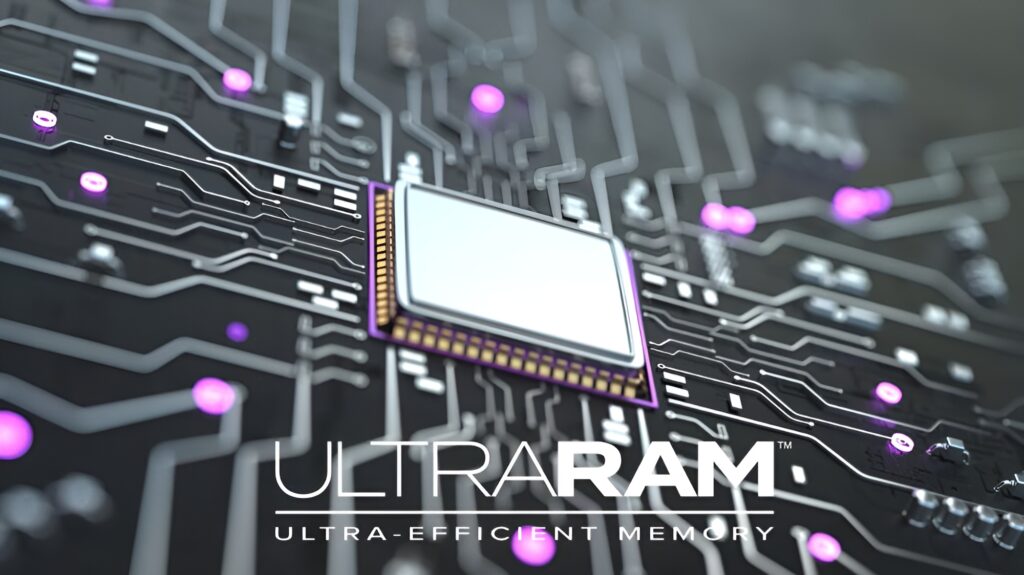Quinas Technology, a startup from British semiconductor company IQE, has raised funding to begin mass production of its cutting-edge UltraRAM memory.
UltraRAM leverages the capabilities of DRAM and NAND to take memory performance to new levels
UltraRAM is a memory technology developed by experts from Lancaster University and Warwick University in the UK. It leverages the advantages of DRAM and NAND standards to create high-end products. According to Quinas Technology, UltraRAM has a much longer data retention capacity than traditional solutions, enduring up to 10 million rewrite cycles. What’s more, the standard can retain data for over 1,000 years without any power supply, which is why UltraRAM has attracted a lot of attention from the market.
To stay ahead with UltraRAM, Quinas Technology has received £1.1 million in funding from Innovate UK. The sole purpose is to advance the memory standard from testing to mass production. Apart from that, the parties involved are hard at work scaling up UltraRAM wafers from 3 inches to 6 inches, using techniques such as Metal-Organic Vapor Phase Epitaxy (MOVPE).
We are pleased that Innovate UK is supporting this ambitious project and that IQE is working on developing the first parts of UltraRAM for mass production.
UltraRAM represents a huge economic opportunity for the UK, with the efficiencies it will bring to computing at any scale promising huge energy savings and reduced carbon emissions.
– Quinas Technology, via ElectronicsWeekly
For those wondering how UltraRAM memory technology works, it employs three different layers made of materials that can trap electrons inside them. To control the flow of electrons, UltraRAM uses electrodes around the layers. There are specific energy levels to manipulate the flow of electrons, which minimizes wear on the memory cells and allows for a much higher number of write cycles compared to traditional memory technologies. As mentioned earlier, because of the trapping of electrons, UltraRAM has a much higher data retention value.
While UltraRAM is certainly a promising technology, design complexities and a lack of suitable equipment have prevented the standard from reaching mass production yet, but recent developments look set to change that.
News source: MyDrivers

